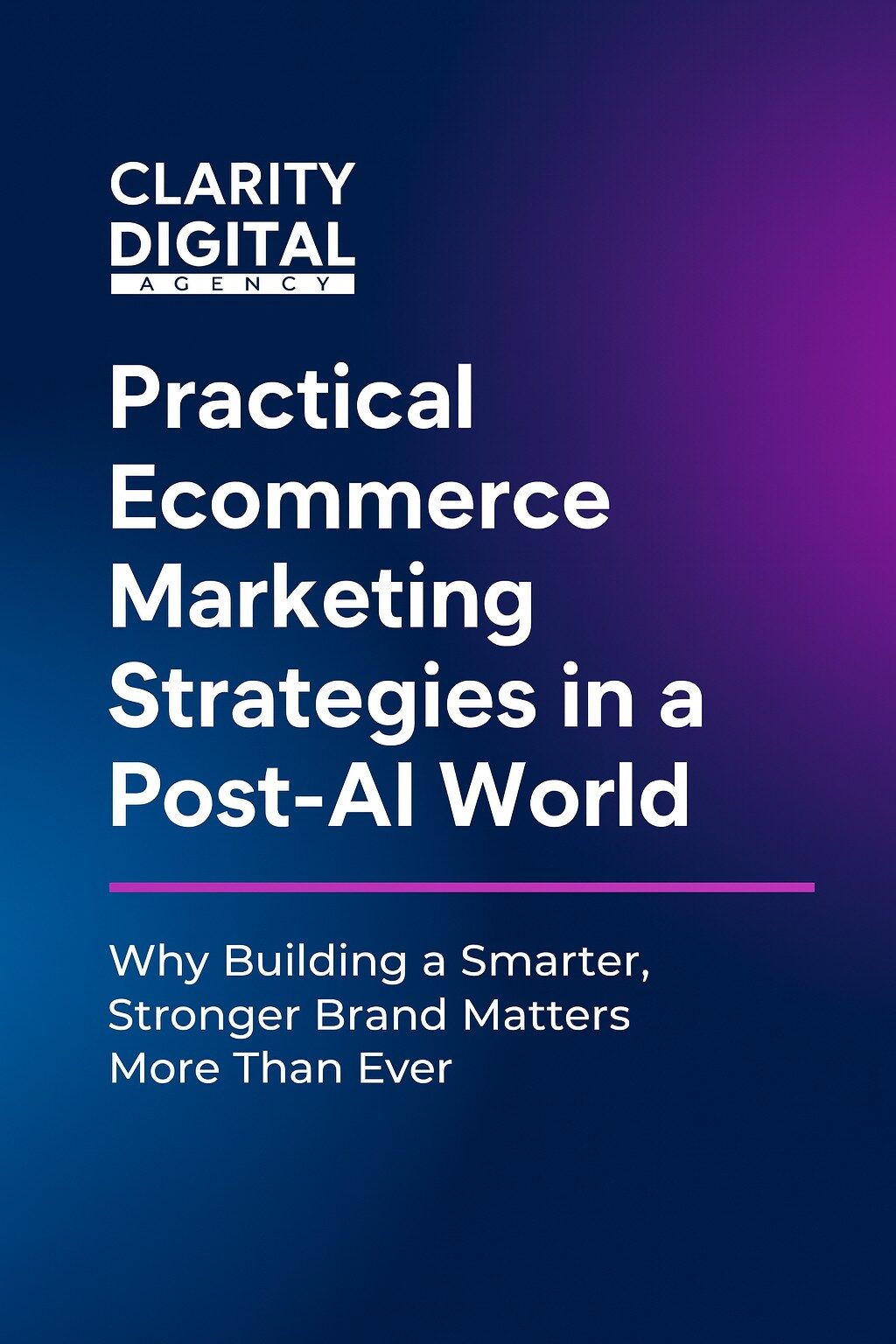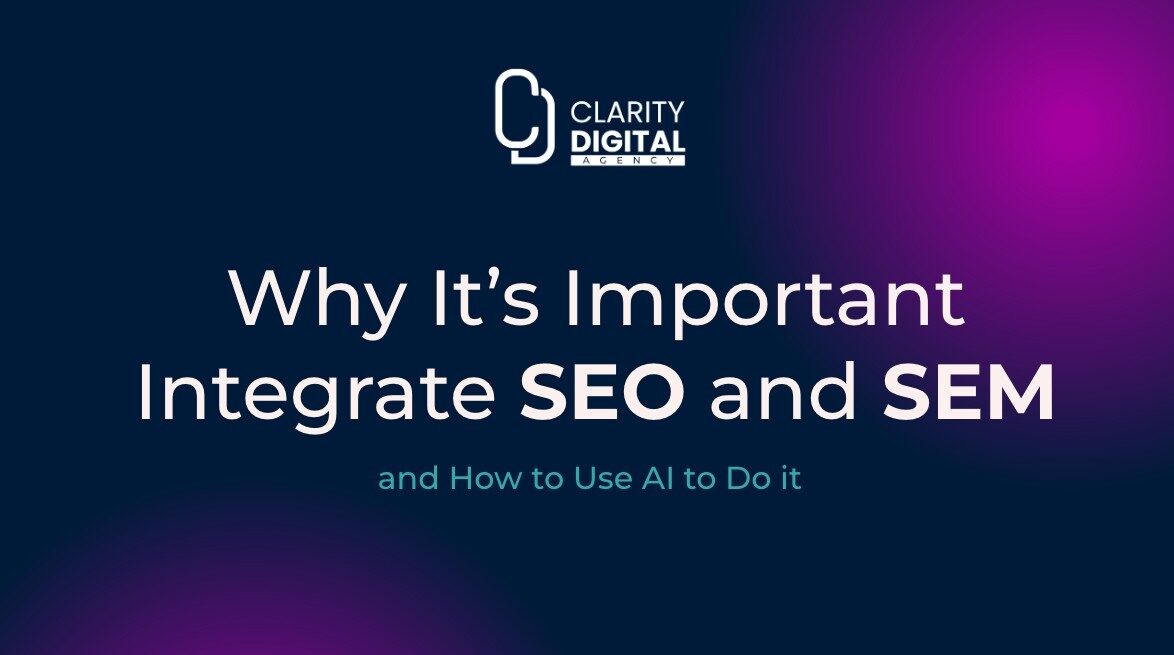Why Building a Smarter, Stronger Brand Matters More Than Ever
Overview for Busy Founders and Marketers
AI has shifted how consumers shop, how platforms rank, and how eCommerce brands compete. It’s no longer just about running ads or sending emails. It’s about building a performance-driven system with brand authority, operational efficiency, and AI integration at its core.
What follows is not just another trends list. These are actionable eCommerce strategies I’ve seen work, especially when layered with digital PR, strong product-market fit, and search data. Most eCommerce brands fail because they chase quick wins instead of building a long-term signal-rich digital presence. This is how you avoid that.
1. Hyper-Personalization That Actually Converts
AI-driven recommendation engines can boost revenue significantly, but only when built on clean data and real customer behavior. This is where eCommerce wins are made — personalized product feeds, emails based on intent, and dynamic homepage experiences that match the user journey.
Tool stack: Klaviyo AI, Bloomreach, Shopify Search & Discovery
The goal is to create one-to-one marketing at scale without being creepy or overwhelming. Personalization done right increases AOV, repeat purchases, and even SEO signals through better behavioral data.
2. Smarter Customer Segmentation and Predictive Targeting
Ecommerce brands that still rely on basic demographics are falling behind. AI lets you segment based on psychographics, purchase history, and likely intent. You’re not just marketing to women ages 30 to 45 — you’re targeting first-time buyers who abandoned checkout twice and read your return policy.
Recommended tools: GA4 with BigQuery, Meta Audience Insights, Amplitude, Segment
Predictive segmentation also powers retention. You can identify churn risks before they drop off and create specific flows to bring them back.
3. Conversational Commerce with Real AI Assistants
The eCommerce chat experience has evolved beyond FAQs. Today’s AI assistants can guide a user through product discovery, answer nuanced questions, and hand off to a live rep only when needed.
Use Retrieval-Augmented Generation (RAG) bots to train on your product catalog, reviews, and policies so that answers feel personal and accurate. The better your chatbot performs, the longer people stay on your site, which helps with both conversions and search visibility.
4. Dynamic Pricing and Promotion Optimization
AI allows you to adjust pricing in real time based on customer behavior, competitor activity, inventory levels, and predicted margin. This is especially important in verticals with tight competition or fast-changing demand like apparel, consumer electronics, or home goods.
Good tools: Prisync, Omnia Retail, Shopify Scripts with custom ML logic
Dynamic promotions tied to AI segments help you serve deals to price-sensitive shoppers without cannibalizing your profit from loyal ones.
5. Campaign and Content Automation with Generative AI
Generative AI isn’t just a time-saver. It’s a competitive edge when used correctly. Ecommerce teams can produce ad copy, emails, product descriptions, and landing pages faster — but only if they’re feeding the AI with brand-specific inputs and conversion data.
Use AI to generate first drafts, then refine based on performance. Don’t use it as a copy-paste engine.
Tool stack: Jasper, Copy.ai, ChatGPT, Adobe Firefly, Canva AI tools
6. Lifecycle Marketing Across Email, SMS, and Push
Retention is where most eCommerce brands fail. AI helps you optimize send time, frequency, and message for each user. Triggered flows should cover every key lifecycle stage: onboarding, abandoned cart, browse abandonment, price drop, back-in-stock, and loyalty rewards.
Best-in-class platforms: Klaviyo, Postscript, Attentive, Omnisend
The more relevant your messaging, the more engaged your list. That also improves deliverability and lifetime value.
7. Visual Search and Augmented Reality
Search is not just text anymore. Visual search lets people upload a photo to find similar products. AR lets them visualize how it will look on them or in their home. AI powers both, and more eCommerce platforms are making this standard.
Pinterest, ASOS, and Shopify are already integrating this. You should be looking into it too if you want to future-proof your UX.
Make sure your image metadata, alt text, and structured product markup are optimized. Visual SEO is no longer optional.
8. Operations, Fulfillment, and Forecasting with AI
Inventory management and shipping are not marketing functions, but they heavily impact marketing performance. If you’re constantly running out of stock or taking too long to ship, it damages your reputation and reduces repeat purchases.
AI can forecast demand, optimize warehousing, and recommend fulfillment strategies based on geography and logistics costs.
Tools to explore: Cogsy, ShipBob AI, Google Cloud ML for demand planning
Operations drive profit. Ecommerce success is built on both acquisition and retention.
9. Influencer and Affiliate Marketing with AI
Choosing the right influencers is no longer a gut decision. AI can evaluate engagement quality, audience fit, past campaign performance, and likely ROI. This ensures you’re not just paying for reach, but paying for influence that converts.
Platforms like Affable.ai and Impact.com automate a lot of this process and make it measurable.
Influencer marketing also drives indirect SEO through earned media, backlinks, and product discovery on search and social.
10. Digital PR and Brand Building for AI Search
Generative engines like ChatGPT and Google’s AI Overview are reshaping how consumers discover products. If your brand is not cited, mentioned, or linked across trusted publications and content networks, you’re invisible.
Digital PR is now a core SEO and conversion channel. You need backlinks, branded mentions, thought leadership, and earned media to become an entity that AI trusts.
How to build it:
- Contribute to product roundups
- Get featured in niche and authority blogs
- Publish founder interviews or expert Q&As
- Push your thought leadership to media, not just social
If your brand doesn’t exist across the web, AI engines will favor competitors who do.
Stop Chasing Features. Start Building Authority.
AI tools are powerful, but they’re just that — tools. The brands that win are not the ones who automate everything. They’re the ones who combine automation with real brand building, smart segmentation, and digital authority.
At Clarity Digital, we’ve worked with eCommerce companies of every size. The ones who succeed are not just running ads and emails. They’re optimizing product data, tightening operations, building authority with digital PR, and feeding the AI machines what they need to trust their brand.
If you’re ready to step up your eCommerce marketing strategy and stop leaving visibility and revenue on the table, reach out.
We can help you create a roadmap built on performance, trust, and AI-readiness.
Contact Clarity Digital to see how we build eCommerce brands the right way — with data, strategy, and long-term impact.





